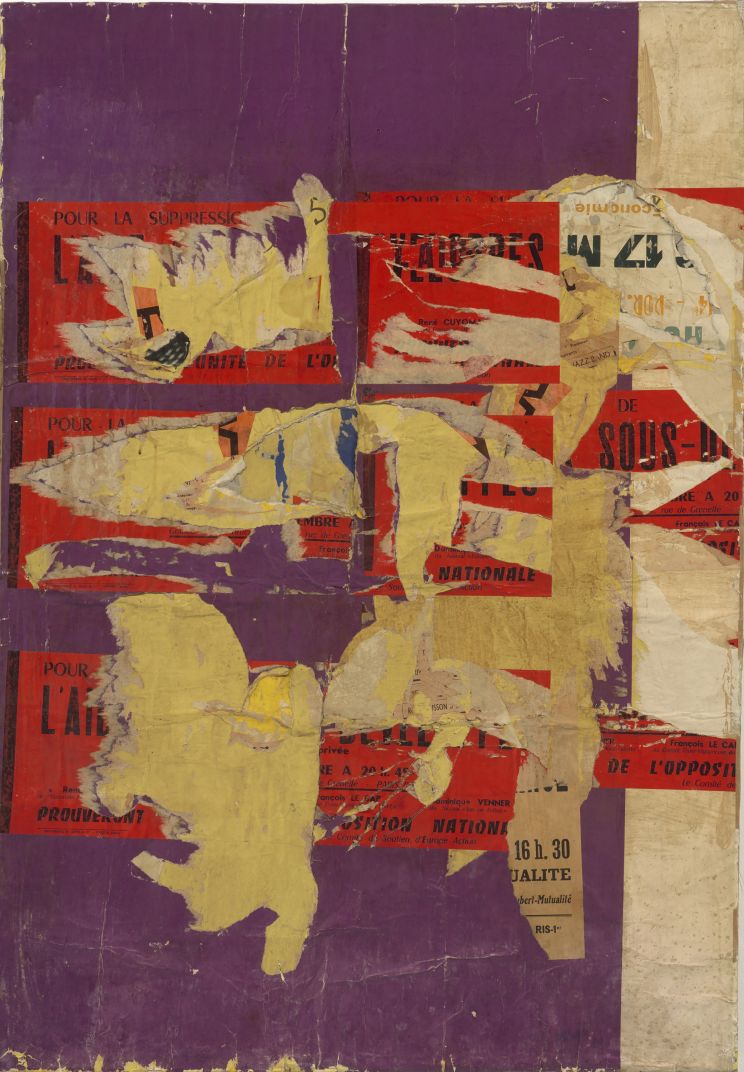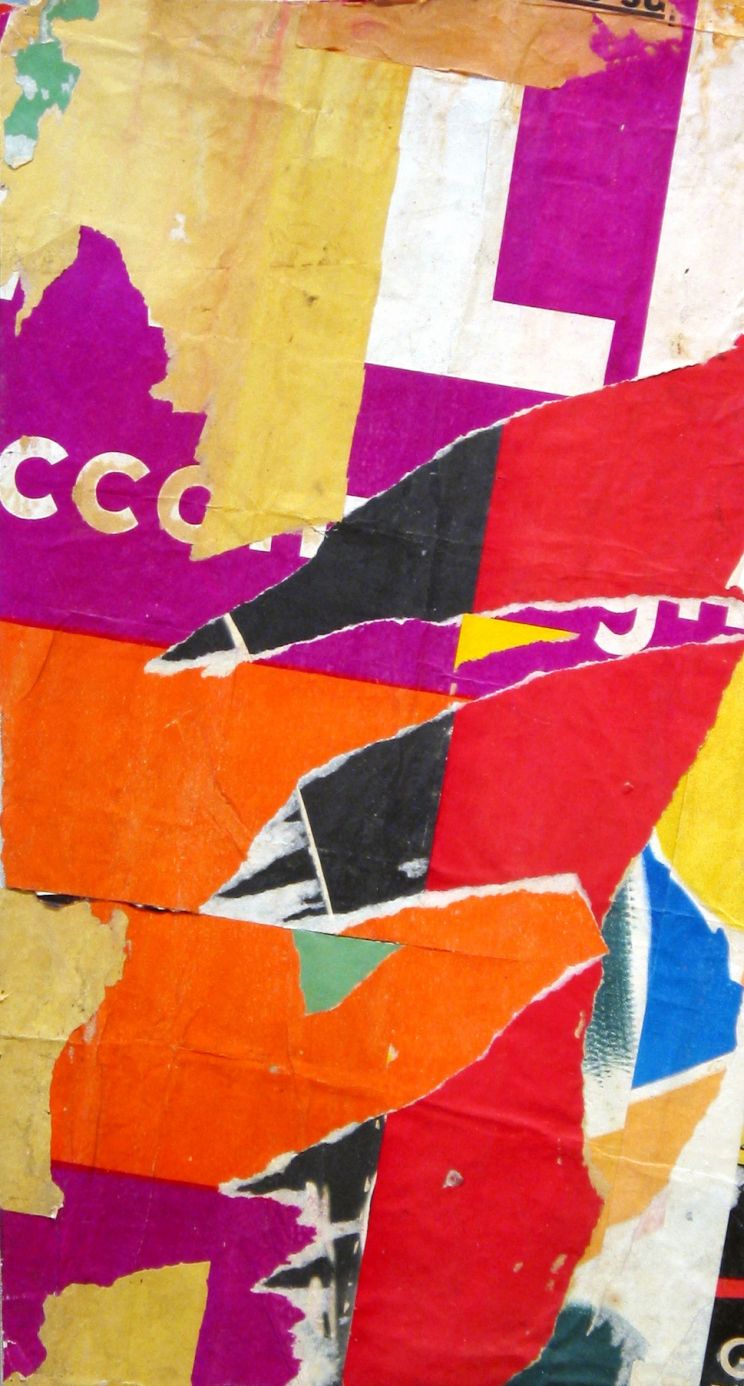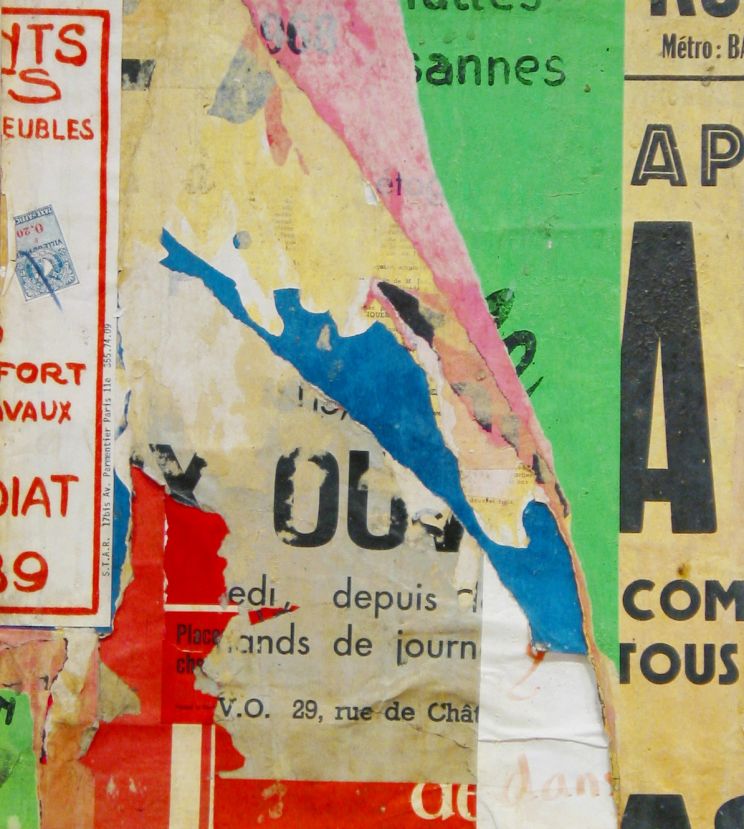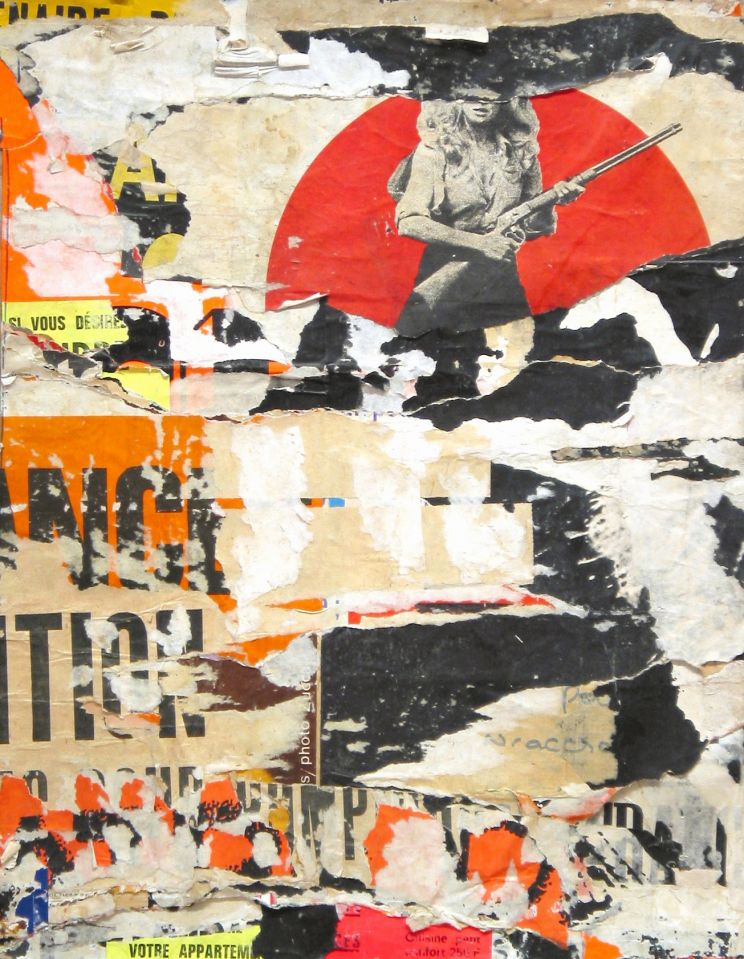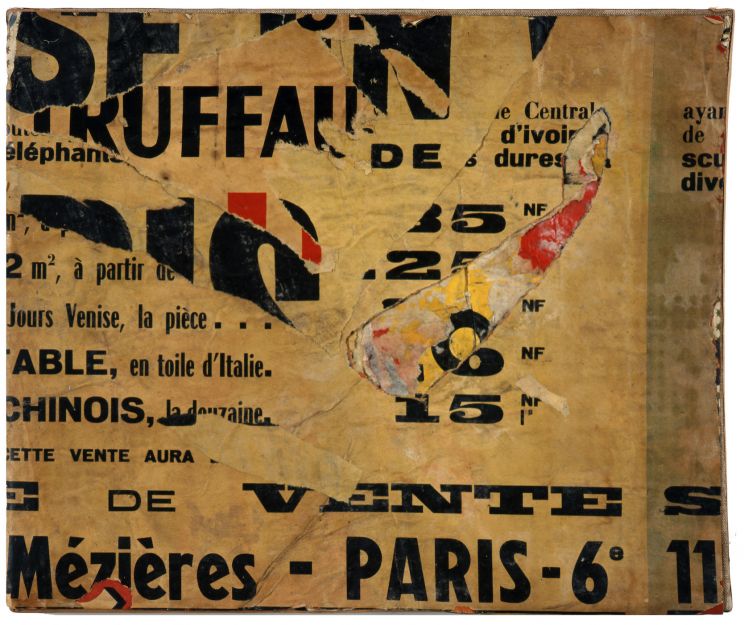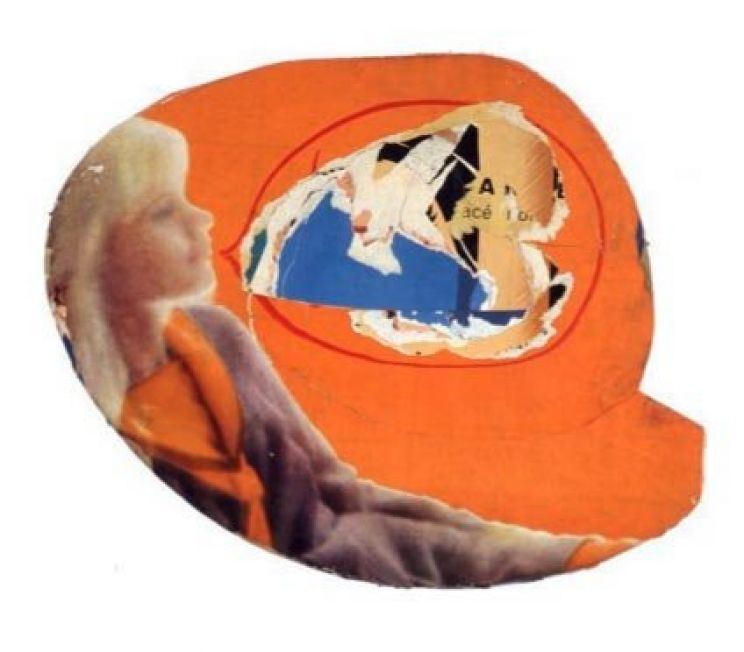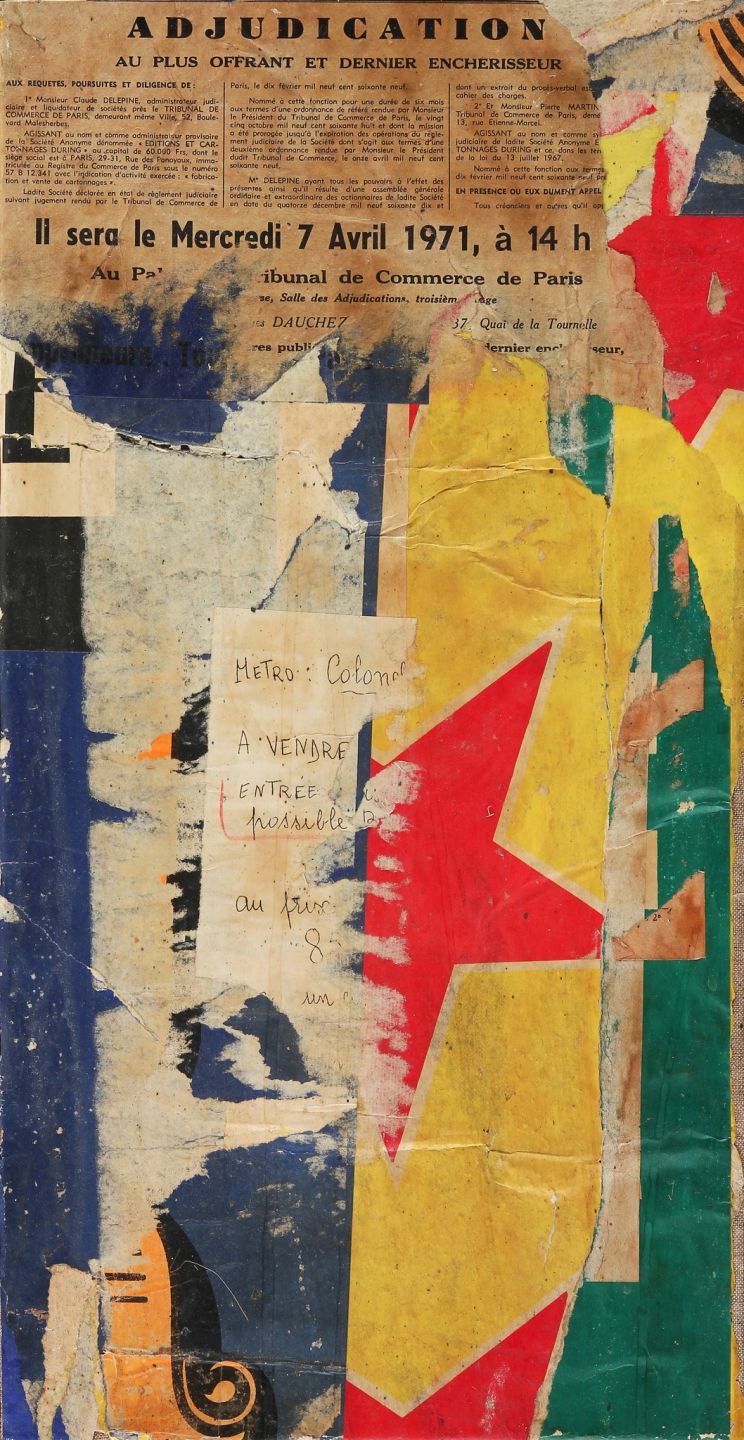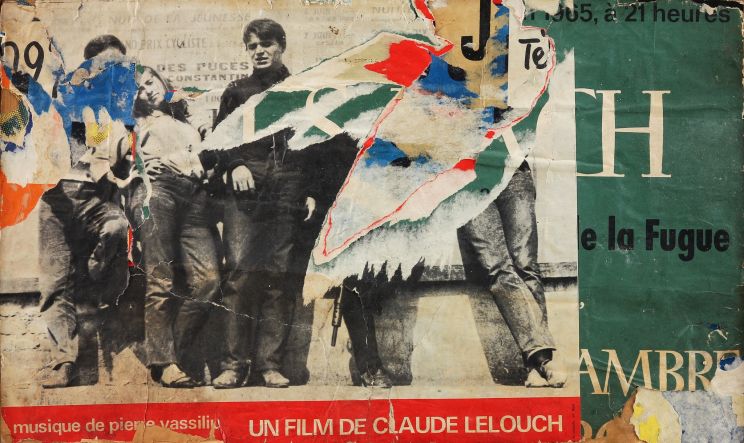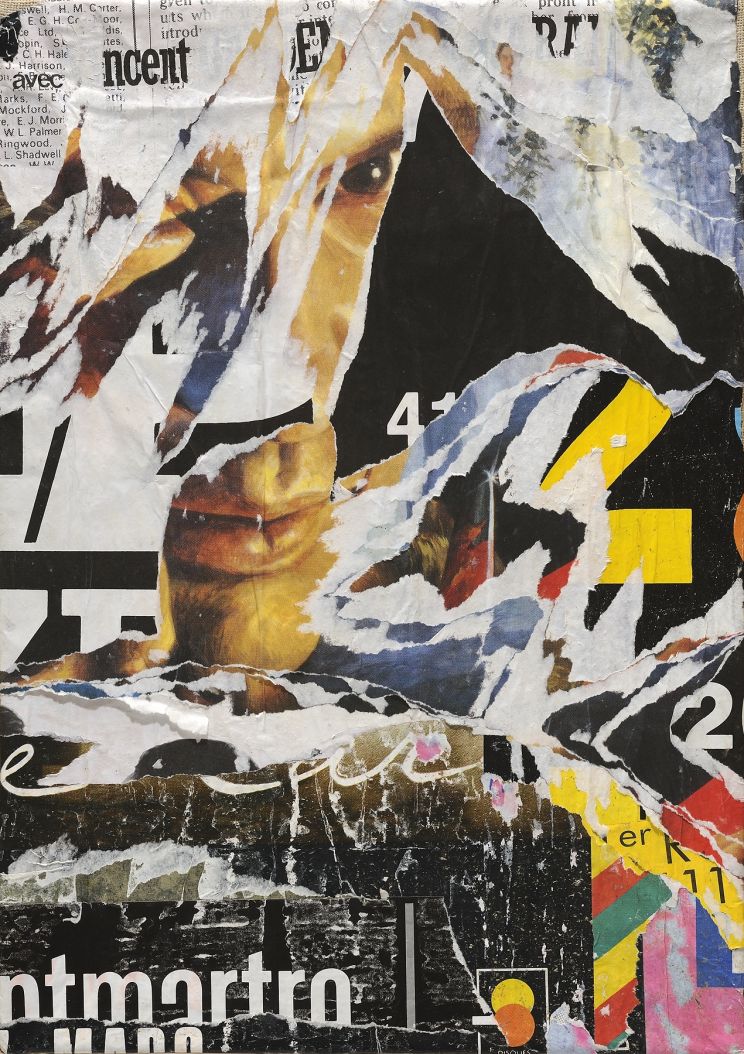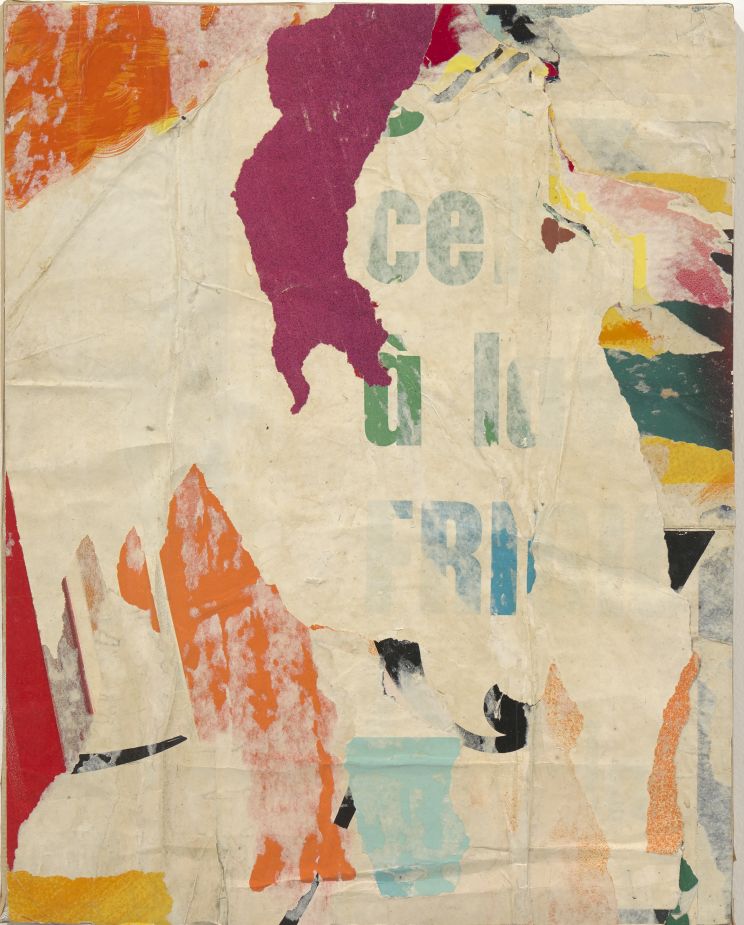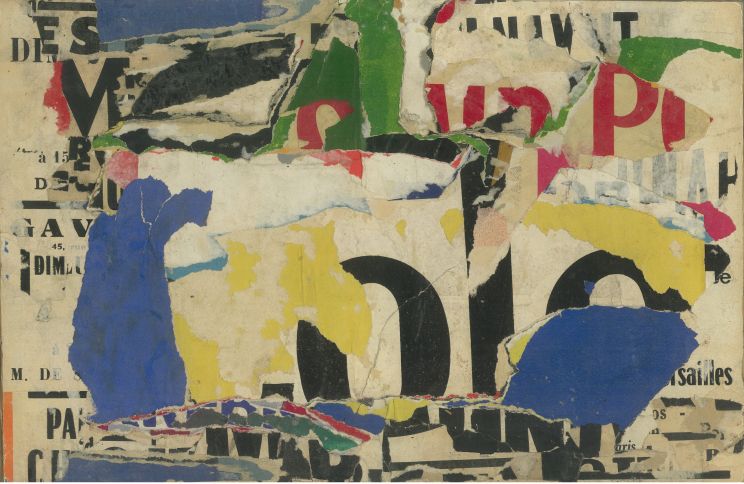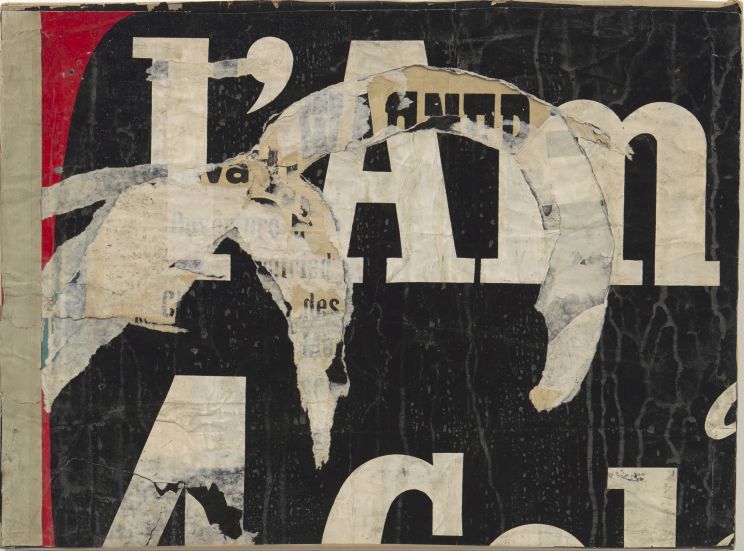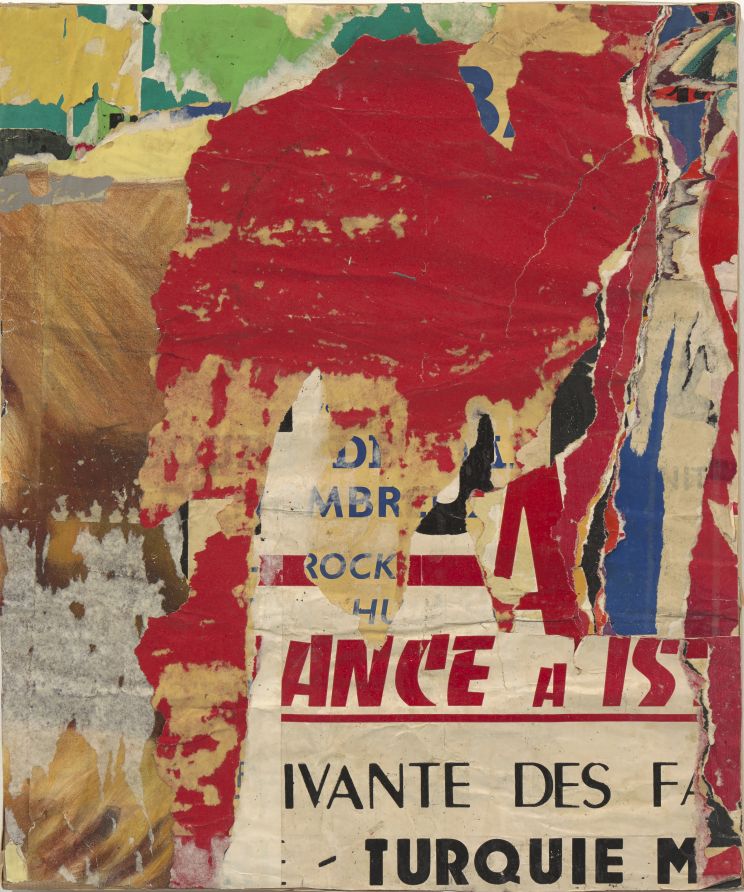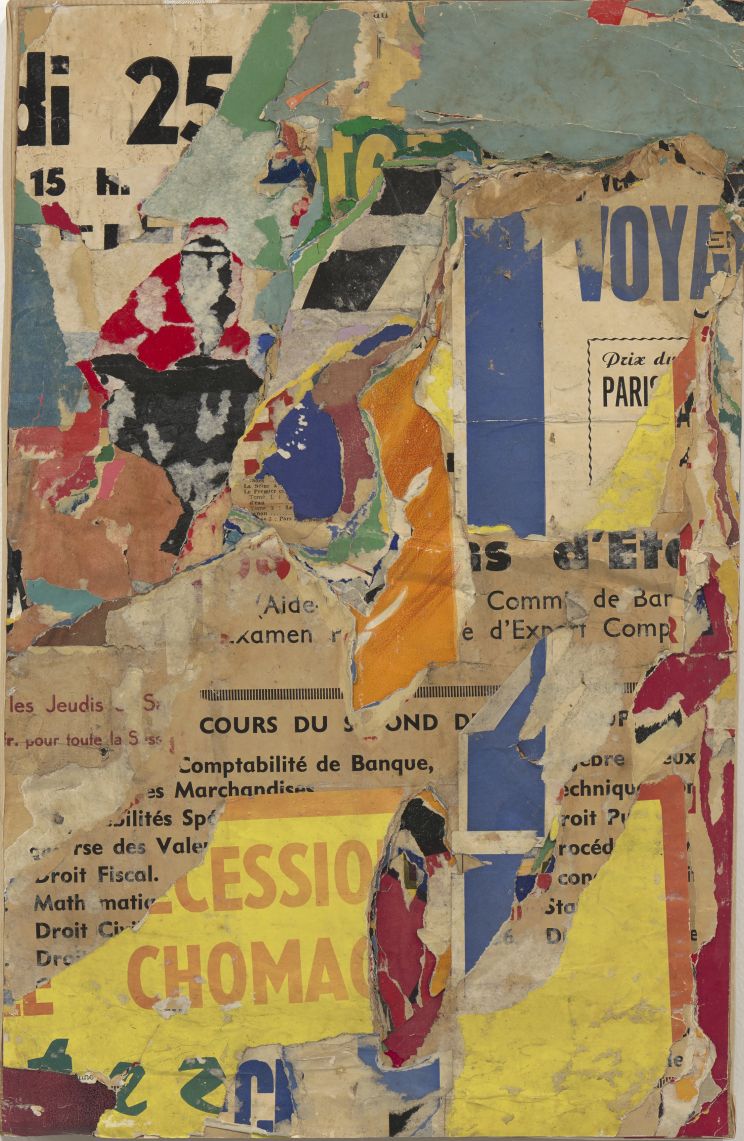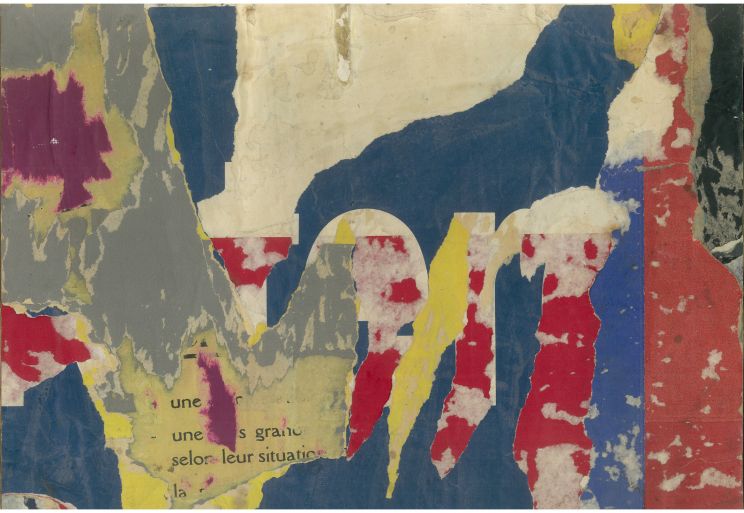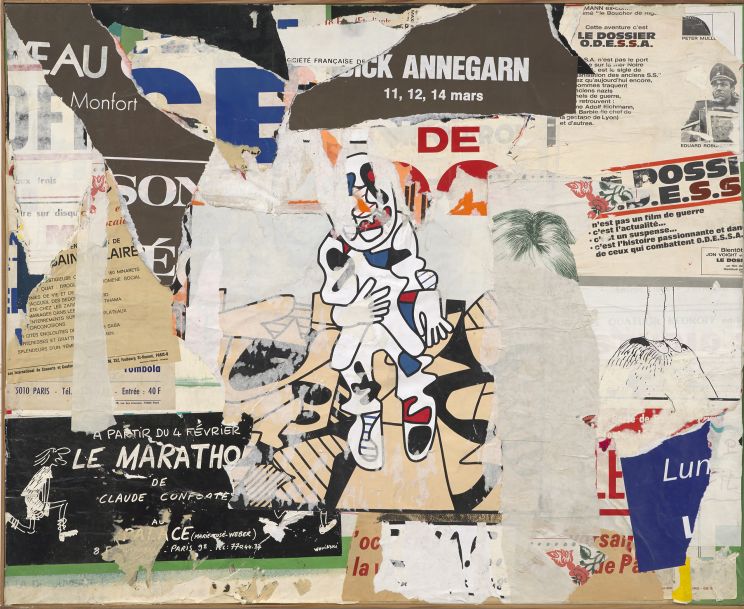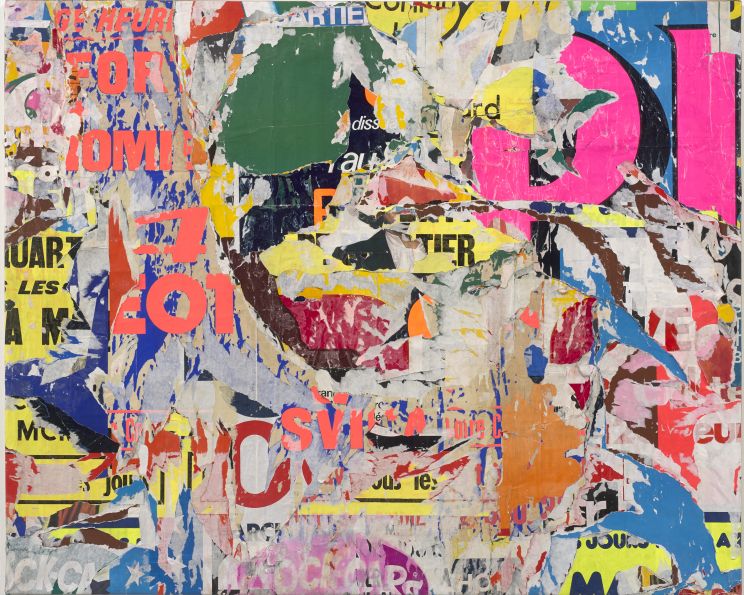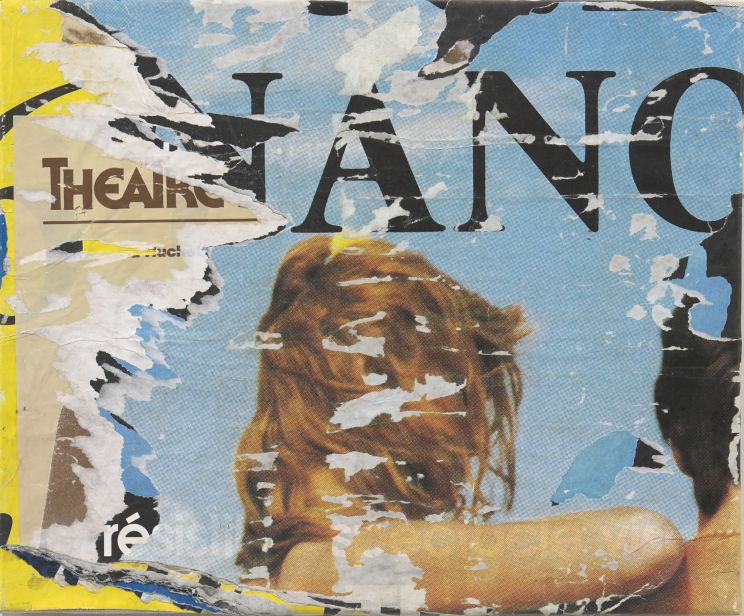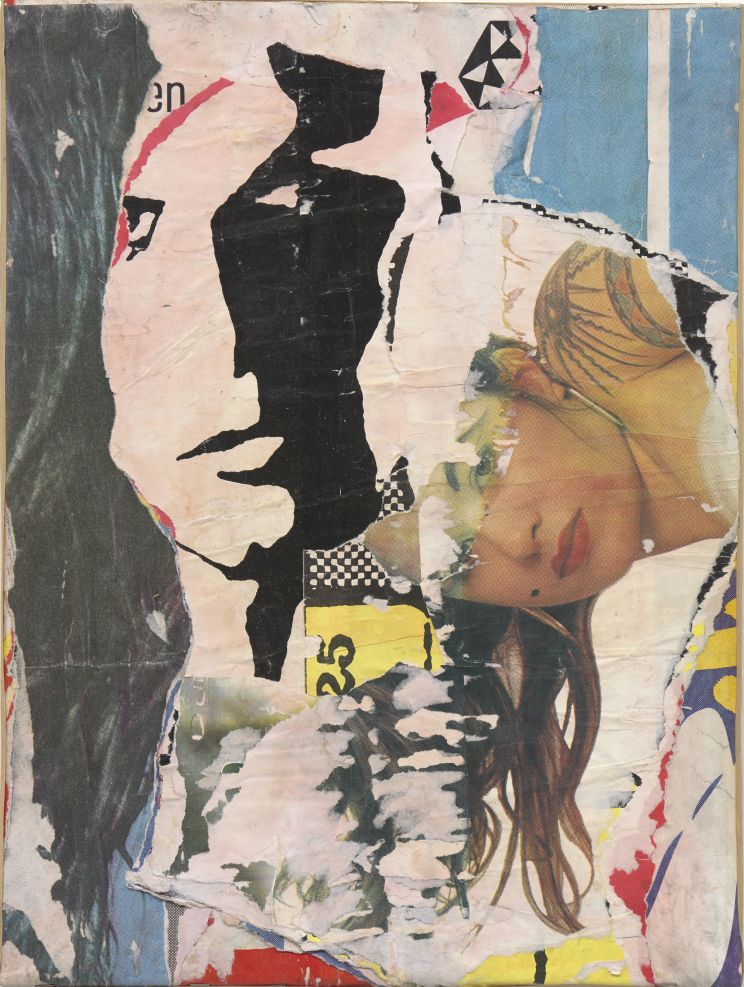ADAA - THE ART SHOW 2019
New York City
-
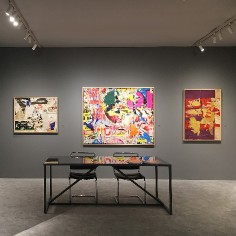
Modernism at the ADAA Art Show 2019

Le Saint-Claude - Saint-Germain

Place Jeanne d'Arc

Rue Pastourelle

Rue des Halles

Rue de Mezieres

Metro Republique

Rue de l'Atlas

Rue Montmorency

Boulevard Haussmann

Avenue de Suffren

Raspail-Notre-Dame-des-Champs - Colonne Morris

Rue de Rennes - Colonne Morris - Cour du Dragon

Boulevard Diderot

Rue de la Grille

Rue Lhomond

Les Halles - rue Baltard

Rue de la Perle

Creteil ville nouvelle

Rue Marcel Proust

Banlieue ouest

Summary
Visit Modernism at THE ART SHOW.
Booth #D20
FEBRUARY 28 - MARCH 3
GALA PREVIEW FEBRUARY 27
PARK AVENUE ARMORY
643 PARK AVENUE
NEW YORK CITY
Gala Preview Wednesday: 5 to 9pm
Thursday–Friday: 12 to 8pm
Saturday: 12 to 7pm
Sunday: 12 to 5pm
The Art Show, held by the Art Dealers Association of America, is the nation’s most respected and longest-running art fair, offers collectors, arts professionals, and the public the opportunity to engage with artworks of the highest caliber through intimately scaled and thoughtfully curated exhibitions that encourage close viewing and active conversation with gallerists.
Modernism is pleased to present a one-person exhibition of décollages by Jacques VILLEGLÉ.
For over sixty-five years, Jacques VILLEGLÉ’s work has played an important role in redefining what constitutes a work of art. He is an artist who was instrumental in bringing the streetscape into the space of the exhibition.
Since 1949, Villeglé, a founding member of the Nouveau Réaliste group (with Yves Klein, Pierre Restany, Arman, Raymond Hains, Mimmo Rotella, etc.), began systematically collecting scraps of posters torn from walls around Paris, inventing a brand new artistic practice, which in turn gave rise to a new type of work of art. This radical re-appropriation of an otherwise ordinary material enabled him to capture the spirit of the times and the image of a society driven by communication, which expressed itself above all through its obsession with current affairs and the omnipresence of the media.
Villeglé sees a social complexity in the developments in the style, typography and subject of the source posters. He also considers the processes of the overlaying and the pealing of the posters by passers-by to be a manifestation of a liberated art of the street. Both aspects are implicitly social and political. As Villeglé points out, anonymity differentiates the torn posters from the collages of the Cubists or of the German artist Kurt Schwitters. In 'Des Réalités collectives' (1958) Villeglé wrote: 'To collages, which originate in the interplay of many possible attitudes, the affiches lacérées, as a spontaneous manifestation, oppose their immediate vivacity'. He saw the results as extending the conceptual basis of Marcel Duchamp's readymades, whereby an object selected by an artist is declared as art.
Jacques Villeglé's works—from his invention of a socio-political alphabet that draws on symbols, codes, and acronyms borrowed from subversive and counter-cultural graffiti, to his transfer of torn posters from the street to the exhibition space—highlight the political dimension of our urban communities. His torn posters, with their fragmented images and dislocated typography, are spontaneous, anonymous, and collective; they invite the visitor to lose himself in a space that is as fictional as it is poetic.
